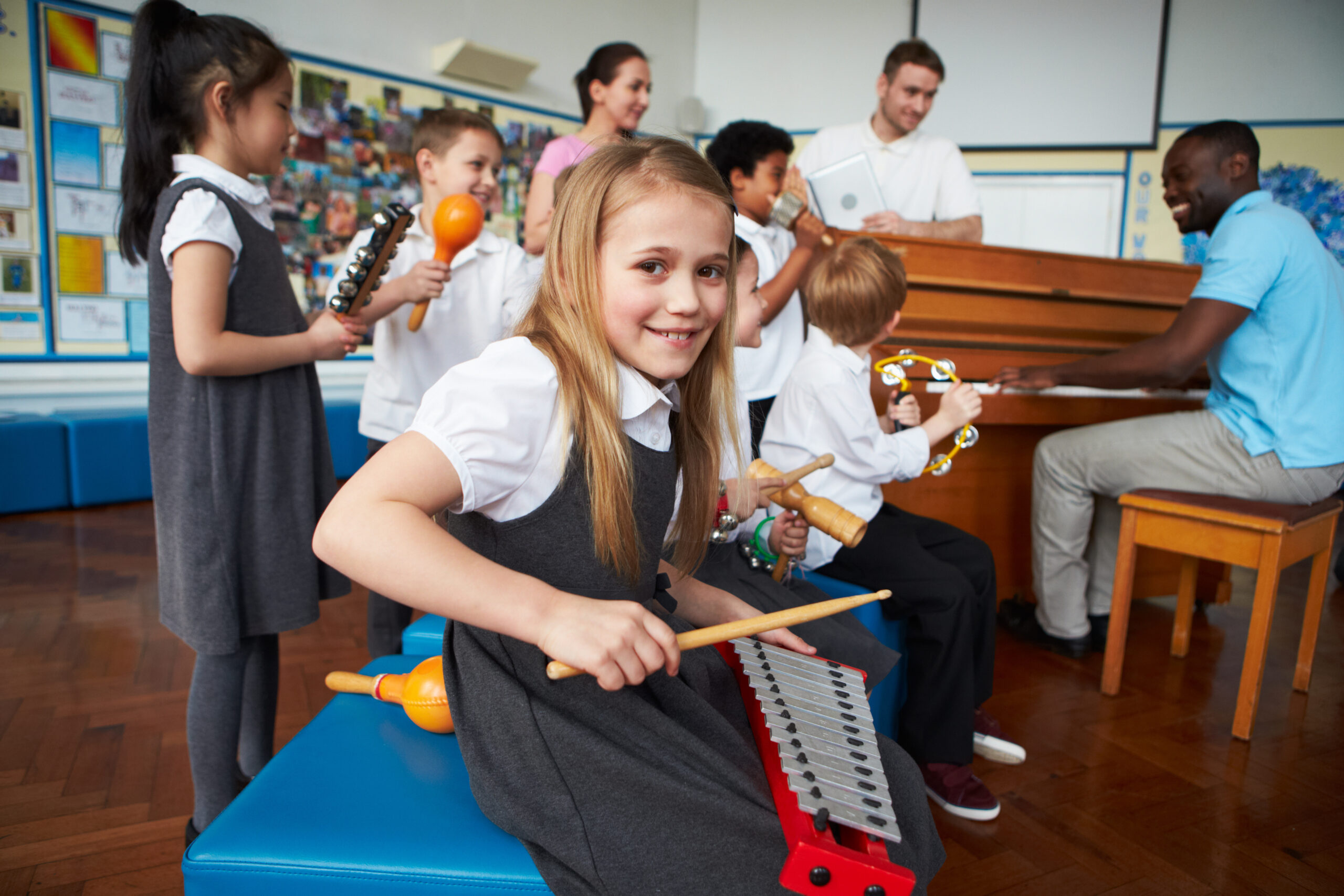
Gender stereotypes
Students are influenced by all kinds of gender stereotypes. This also applies to adults, teachers and student supervisors. That is why it is important to be vigilant in your teaching practice and to pay attention to gender-stereotypical thinking and acting. For who does not make statements like ‘don’t be silly, you’re not a girl’ or ‘I need some tough guys to move those tables’? Statements like these only perpetuate the stereotypes that live among the pupils. Thinking in black and white terms on the basis of gender can lead in the end to teachers and counsellors having different expectations of their students. There is a danger that this may result in a ‘self-fulfilling prophecy’.
Being gender-sensitive in dealing with a diverse student population requires introspection and reflection on one’s own approach.
Aspects of gender
When we hear the word ‘gender’, we usually automatically associate it with biological sex or sexual orientation. This is also the case in an educational context: a gender policy is often identified with promoting the academic performance of boys or with respect for LGBT people. However, a good gender policy goes a step further and includes also other dimensions of gender, such as gender expression and gender identity.
Gender expression refers to the way in which a person expresses his/her own masculinity and/or femininity behaviourally in everyday life (for example in language, hobbies or clothing). This can correspond or just deviate from what society labels as stereotypically masculine or feminine.
All pupils at school show gender expression. Boys and girls whose gender expression deviates more from the prevailing gender stereotypes deserve specific attention, because they challenge the dominant views on masculinity and femininity and are often teased or bullied for it. Gender expression and sexual orientation are sometimes related, but not necessarily the same.
Gender identity refers to the extent to which a person feels himself or herself to be male or female, given the prevailing stereotypes about masculinity and femininity in a society. Again, a person’s gender identity does not necessarily coincide with the other aspects of gender. It is not because a girl wants to be a mechanic or hates dancing (gender expression) that she does not feel completely female (gender identity).
Mix talkes to students and former students in music education. We ask them about their experiences and their memories. What do the students value? What memories do they cherish? What are they proud of? What would they themselves do differently?
The best way for a teacher to reflect is to listen carefully to the students and their learning experiences.
In this video, Adia Vanheerentals and Casper Van De Velde talk about some important gender-related aspects.
Gender and well-being
In education, the well-being of students is a fundamental concern. Including breaking gender stereotypes in caring for pupils is not only a way to increase their well-being and sense of belonging, but also a way to strengthen their academic functioning.
Every school and classroom practice is different. The diversity of the students’ population also plays an important role. The biggest challenge for teachers, headmasters and student counsellors is to find appropriate responses to the gender theme according to their own situation and context. It is necessary that attention to gender becomes an element of the daily functioning in every classroom because it optimises the growth opportunities of an important group of pupils, regardless of their gender or sexual orientation.
That is why a comprehensive perspective on gender is important!
Van Maele, D., Michalek, N., Engels, N., Laevers, F., Lombaerts, K., & Houtte, M. V. (2015).
Gender op school: Meer dan een jongens-meisjeskwestie.





